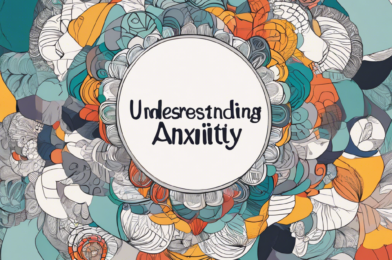Taking care of oneself has become increasingly vital in today’s fast-paced world, where stress and burnout are prevalent. While the concept of self-care has gained traction, many still struggle with implementing it effectively. Mastering the art of self-care is about understanding that it goes beyond superficial indulgences and recognizing the profound connection between one’s actions and overall well-being. It’s about cultivating a mindful approach to daily practices that nourish the body, mind, and soul.
Self-care is highly individualistic, and there is no one-size-fits-all solution. It’s about discovering what works best for you and making it a non-negotiable part of your routine. A great starting point is to assess your basic needs – adequate sleep, nutrition, and physical activity. Prioritize getting quality sleep by establishing a bedtime routine and creating a relaxing environment. Nourish your body with wholesome foods, and listen to your body’s unique dietary needs. Move your body in ways that bring you joy, whether it’s dancing, yoga, or a brisk walk in nature.
Mental and emotional self-care is equally crucial. Dedicate time to unplug and disconnect from technology, allowing yourself to be present and grounded. Engage in activities that spark creativity and fun, like painting, journaling, or cooking. Nurture your mind by setting aside time for learning and personal growth through reading, online courses, or attending workshops.
Self-care also involves tending to one’s emotional needs. Mindfulness practices such as meditation and deep breathing exercises are powerful tools to manage stress and promote inner calm. Likewise, carving out time for activities that bring a sense of accomplishment and purpose is essential. This might include volunteering, pursuing a hobby, or engaging in activities that align with your passions and values.
Building a robust support system and fostering meaningful connections are other vital aspects of self-care. Surround yourself with positive influences and cultivate authentic relationships. Make time for loved ones, whether it’s sharing a meal, engaging in fun activities, or simply having heartfelt conversations.
Remember, self-care is a journey, and it’s okay to start small. Incorporate simple practices into your daily routine, such as drinking enough water, taking short walks, or setting aside time for gratitude. Consistency is key, and these small acts accumulate to create long-lasting positive changes.
Additionally, it’s important to be mindful of setting realistic expectations for yourself. Self-care doesn’t have to be complicated or time-consuming. Simplify your routine by identifying the practices that bring you the most benefit and focusing your energy on those. This might involve saying no to non-essential commitments and creating boundaries to protect your time and energy.
Mastering the art of self-care is a lifelong pursuit, and it’s crucial to recognize that it’s an ongoing process. Be patient with yourself and embrace the journey, celebrating the small wins along the way. By making self-care a priority, you’ll cultivate a deeper sense of well-being and resilience, enabling you to thrive in all areas of your life.









